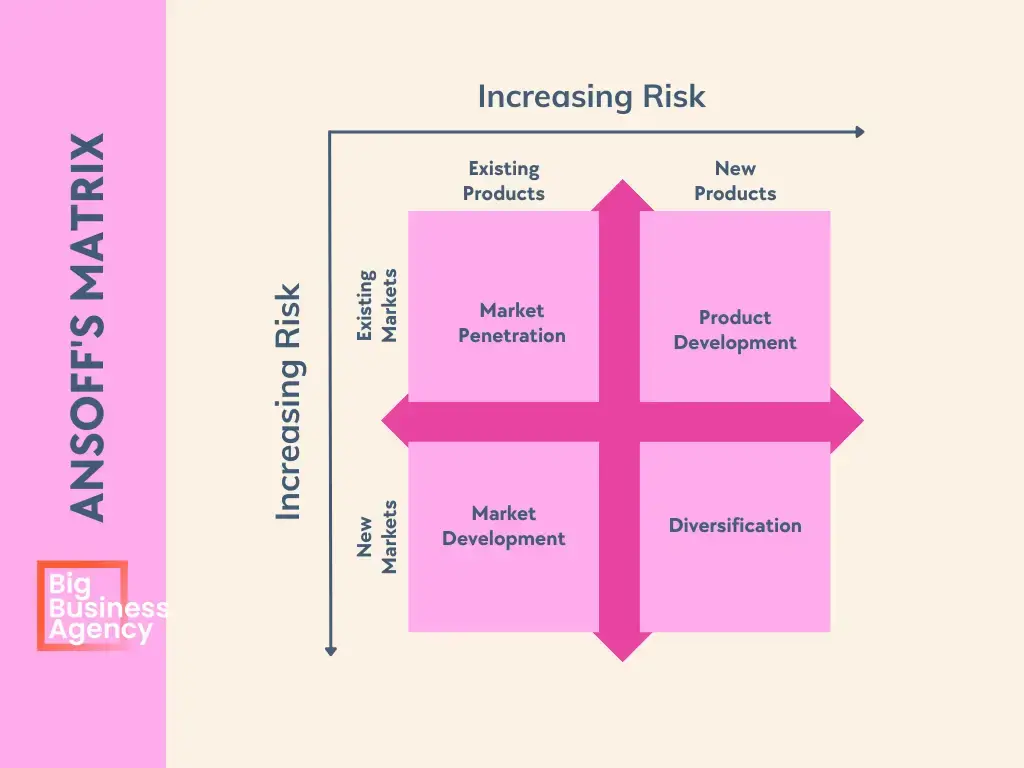How to avoid a failed CRM project - Top Tips
Gartner Group reports that over 70% of IT projects fail to meet expectations, and that is mostly due to poor Project Management. The Project...

including planning to launch new products into new and existing markets; sales success is most likely when a robust Go-To-Market (GTM) strategy underwrites these expansion plans and given "it takes a village to raise a child" the GTM needs to include everyone.
A GTM strategy applies business discipline and robust thinking to define your addressable market, articulate the business problem your offer solves and focus on the ideal customer profile and buying personas.
Most importantly, a GTM Strategy identifies what is possible with the available funding and is used to set up financial 'trip wires' to monitor performance and measure success.
Generally, there are three main situations where you'll need a GTM strategy as an existing business. You'll either be:
Developing a successful GTM strategy has several proven steps, and there are a three key steps you should always have on your GTM strategy checklist.
For starters, you should create your ICP (ideal customer profile). Then, you'll need to craft your value proposition to solve the business problem (product-market fit). Next, add as much detailed counter-competitive messaging as possible based on real-world competitive research. Make sure you're assessing specific competition and broader market and economic conditions.
Once your GTM Strategy is complete, use it to revisit your Sales and Marketing Plan, updating the mix of inbound and outbound and campaign tactics and messages. The GTM may trigger the need to review Pricing and Packaging and tweak Sales Enablement capability- it's all about lining up the buyers' journey- start to finish or, better still- lead to customer.
Finally, map the existing internal systems to support the buyer's journey across support, marketing, subscription and renewals, development, finance and sales. This internal Systems Integration involves many stakeholders, all of whom must be communicated with and project managed to deliver this desired outcome.
What matters most is planning, applying some business discipline, narrowing down what makes your business stand out, plotting out how you'll navigate the early stages of launching your new product and monitoring progress and sales growth.
A customer growth platform like HubSpot with it's smart CRM and Sales Hub sales automation software, help you take advantage of automation, AI enhancements and crucially, having all your data in one place. A single source of the truth ensures you keep close to developments in your product expansion program.
Align your sales process with your buyers journey
Simplify your sales tech stack
McKinsey's 7S Model to Implement Full Cycle Sales Model
How to reclaim your selling time
Comprehensive Guide to B2B Sales

Gartner Group reports that over 70% of IT projects fail to meet expectations, and that is mostly due to poor Project Management. The Project...

Making your numbers in 2025 is harder, requiring you to do more with fewer resources. Growth Strategy Organic growth trumps acquisition so let's...

Imagine your excitement witnessing a prospect open your sales email and actively engage with your content. By utilising a fully integrated CRM, you...